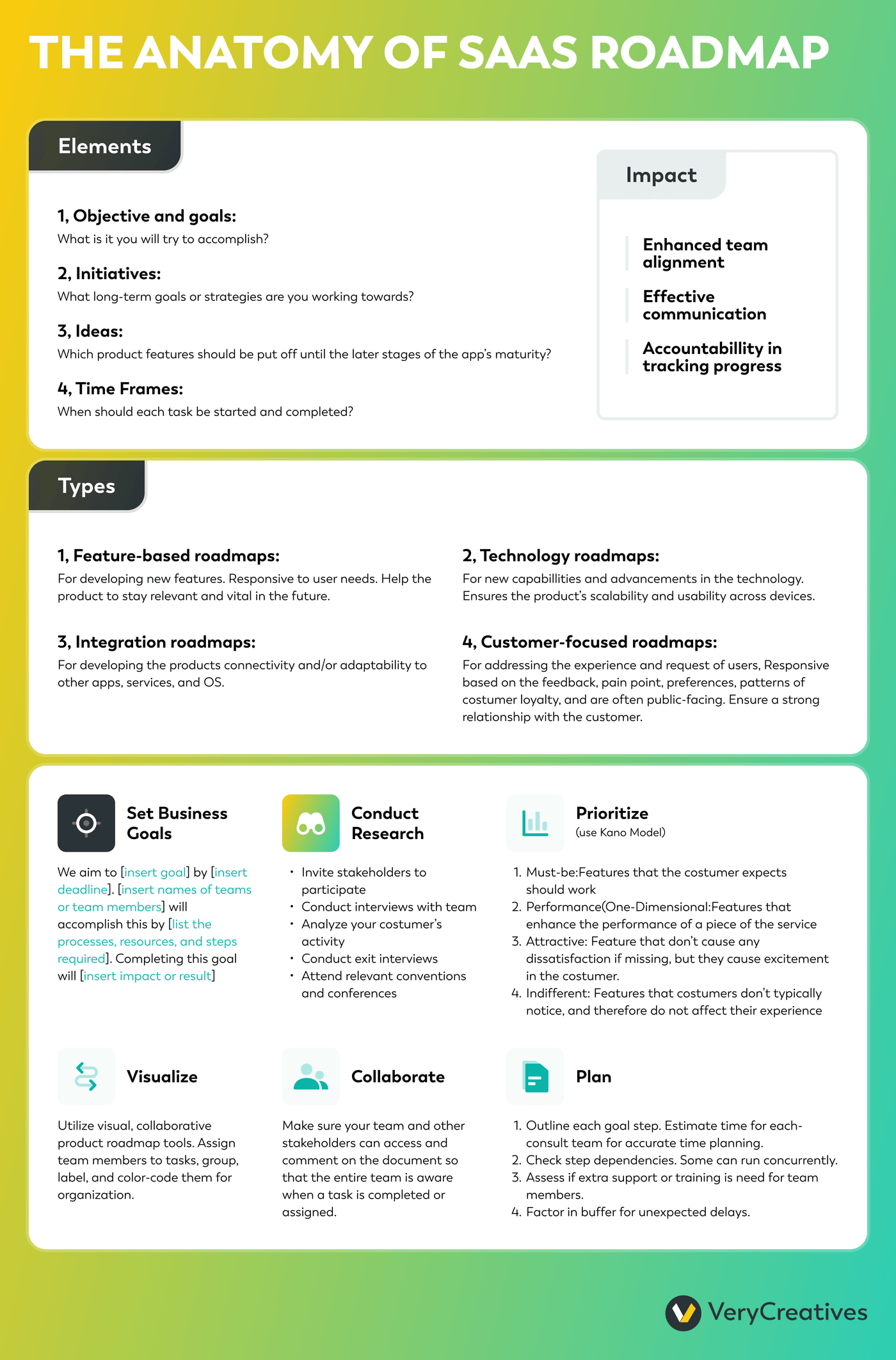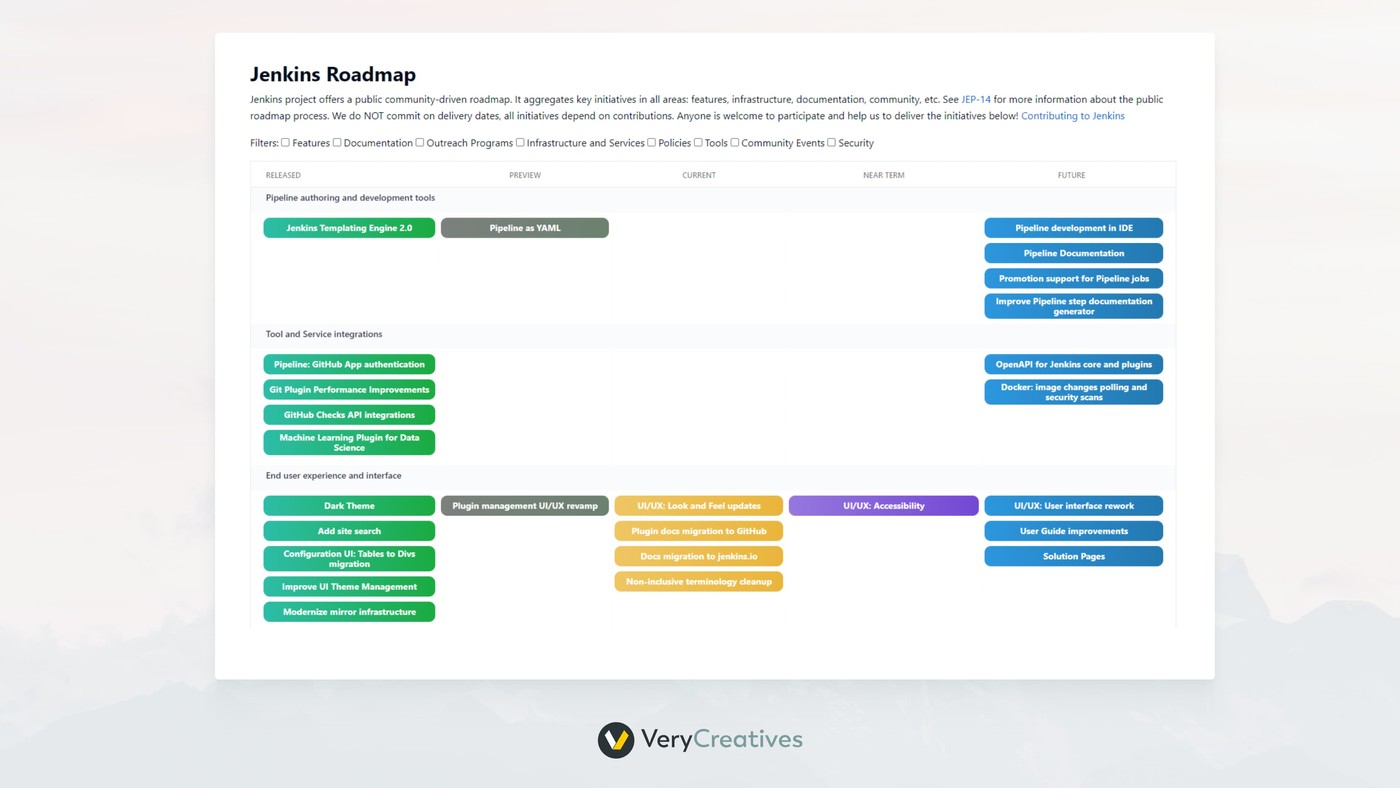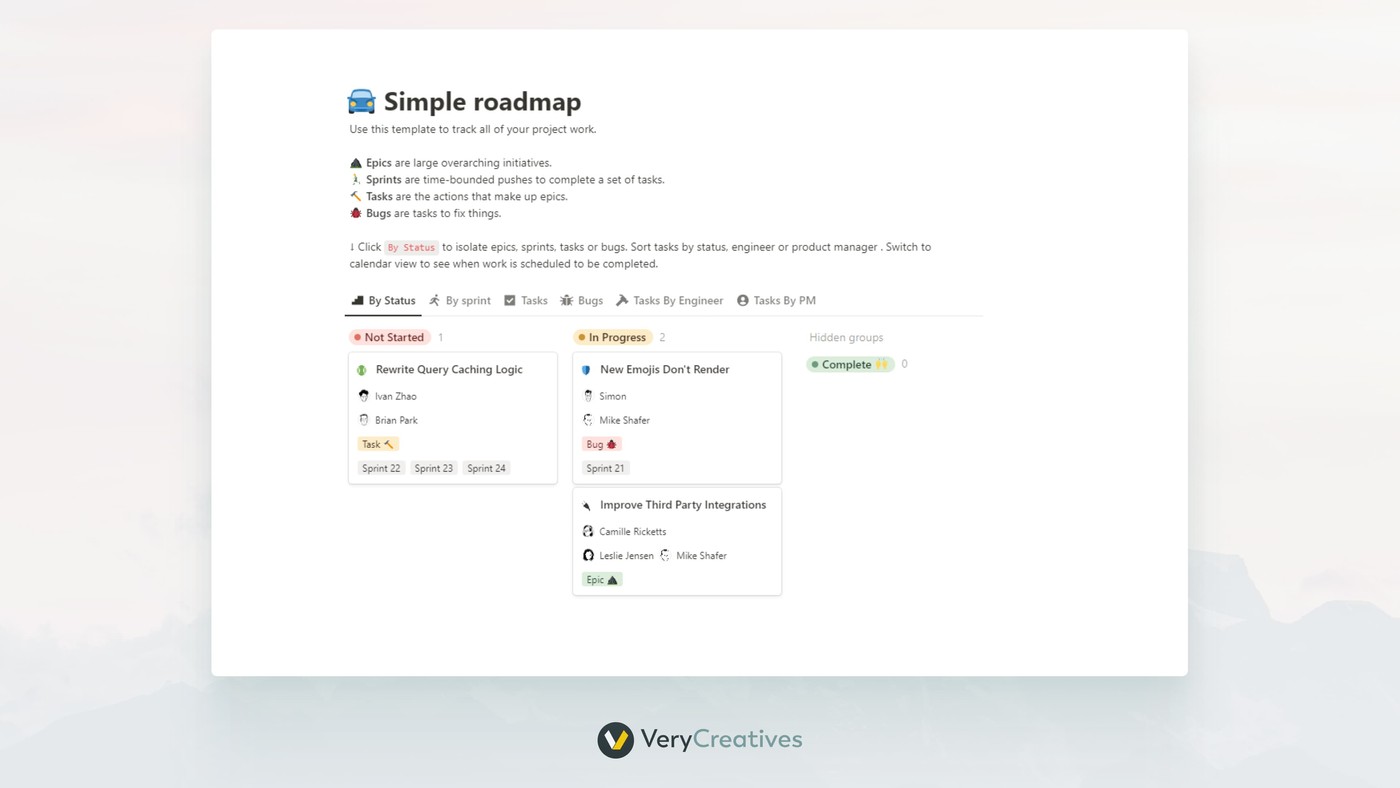Imagine this scenario: you have partnered with a group of like-minded software engineers to develop a new application that you are confident fits the needs of consumers.
It makes sense to you and your team that this should be offered as a subscription (SaaS) rather than traditional software. Excited by the technical challenges involved, you and your team begin coding immediately.
After your product launches, your inbox becomes flooded with customers reporting bugs and requesting added specific features, and you and your team find yourselves each working day just playing catch up.
You discover that you and your partners have different priorities, visions, and strategies for the development. Some of your team even begin to focus on distracting diversions from the main project—devoting precious time to features that you hadn’t discussed.
As a result, your team has not managed to release an updated version in a full year, only small patches here and there. What’s even worse – your team begins to lack motivation and inspiration for a project that had once been their passion.
How could you prevent it? By roadmapping your SaaS first.
Investing time to build a SaaS roadmap before development can prevent these sorts of problems, giving your product a coherent vision.
In this article, we’ll dive into Saas roadmapping and explore the best and worst practices for developing and managing a SaaS roadmap.
Understanding SaaS Roadmaps
Software as a Service (SaaS) roadmapping is a tool for planning the development, launch, and growth of SaaS products—it helps you and your team members outline your vision, direction, and progress over time.
Your SaaS roadmap is a document easily accessible to your team, ideally in a cloud platform where multiple users can make comments and edits. The document should be a visual representation of your ideal workflow on the project.
The elements of a SaaS roadmap
From this screenshot, you might notice the overall elements of a good roadmap. You’ll need to do some work developing:
- Objectives and Goals: What is it you will try to accomplish?
- Initiatives: What long-term goals or strategies are you working towards?
- Ideas: Which product features should be put off until the later stages of the app’s maturity?
- Time Frames: When should each task be started and completed?
The best way to explore these concepts is by collaborating with your team and conducting research into the needs of your customers. These stakeholders can shed light on what strategies are feasible and most important to them.
Types of SaaS Roadmaps
You can also design your roadmap for specific scenarios, such as:
- Feature-based roadmaps: These emphasize developing new features for an existing SaaS and are responsive to user needs. They help the product to stay relevant and vital in the future.
- Technology roadmaps: These emphasize new capabilities and advancements in the technology itself. This ensures the product is scalable to meet a growing user base, and that the product remains usable on new models of phones, tablets, and computers.
- Integration roadmaps: These emphasize developing the products connectivity and/or adaptability to complementary applications, services, and operating systems. They help to ensure the product is compatible as reflective of users’ needs.
- Customer-focused roadmaps: These focus almost entirely on the experience and requests of the user. They are responsive based on feedback, pain points, preferences, patterns of customer loyalty, and are often public-facing. They help to ensure a strong relationship with the customer.
These types are only the beginning. Consider researching other SaaS roadmaps from companies with similar business models to find the most appropriate type.
The Benefits of a Strategic SaaS Roadmap
It may seem that a lot of the aspects of roadmapping are common sense, or perhaps even redundant, given the conversations you likely have with your teammates. But having a clear roadmap has several benefits:
- Enhanced team alignment: Because all of the objectives and goals are clearly spelled out, your team members will have a better sense of the project’s overall direction and vision. And if you include your team members in the roadmap’s creation, review, and update process, they’ll be able to develop a shared understanding of every member’s contribution.
- Prioritization of features: A strategic planning SaaS roadmap carefully links each goal and objective to the overall strategic initiative and a deadline. Therefore, it becomes clear to all stakeholders which features must be prioritized. Reviewing the roadmap with stakeholders will further ensure that team members know which updates must be accomplished first.
- Effective communication: The roadmap will essentially become a communicative tool, itself. With a clear sense of priorities and deadlines, team members can communicate how feasible a certain goal might be, they can seek feedback and input from others, and can present complex material in an easily digestible format.
- Flexibility to adapt to changes: The roadmap can easily be adjusted when unexpected delays or changes arise. By incorporating the change into the document, team members can easily see how the change affects other contingent tasks and adjust accordingly.
- Accountability in tracking progress: Given the visual nature of a SaaS roadmap, it’s easy to see when work on one goal or objective has stalled. When certain goals are being met efficiently, team members can easily be reassigned to other goals that are moving more slowly.
Having a roadmap also helps your entire network of stakeholders, including customers. By providing a transparent visualization of all the work that is currently in progress, stakeholders know what to expect, and when.
Your customer service representatives will thank you, as well. When a customer calls to complain that your SaaS lacks a feature they might need, they can easily direct them to the date when that feature will be added. Or, note their needs in a place where it is accessible to the team.
Best Practices for Developing and Managing a Software Product Roadmap
It’s important to think of the roadmap as a collaboration—with the input of your team members and stakeholders, you can anticipate challenges and requests that you might not consider if you were to go it alone.
In this section, we’ll go through step-by-step the best ways to approach building and maintaining your SaaS roadmap.

Step One: Set Your Business Goals
Ask yourself and your team what you want to accomplish, and try to articulate this in 1-2 sentences. For example: Launch a task management software program that allows users to access their hub from their phones, tablets, and office/personal computers.
Then, break this long-term goal into manageable outcomes that you’d need to achieve. For example: Develop platform, Adapt for iPhone, adapt for Android, set up beta testing, etc.
One method of accomplishing this is the SMART goals approach—keeping in mind that your goals are Specific, Measurable, Achievable, Relevant, and Time-bound.
For example, We aim to [insert goal] by [insert deadline]. [insert names of teams or team members] will accomplish this by [list the processes, resources, and steps required]. Completing this goal will [insert impact or result].
Adding this amount of detail now will help you later in the process when you begin to visualize the roadmap.
Step Two: Research
Take the time to seek feedback from stakeholders on your idea.
Perhaps you have a keen understanding of your product from personal experience, but identifying current and potential users might shed light on what features they need most (and what features they hate!).
Use this research to further develop your list of goals.
There are several ways to conduct this research. You can:
- Invite stakeholders to participate in the creation of the roadmap
- Conduct interviews with team members
- Analyze your customer’s activity (e.g., which services do they use most/least)
- Conduct exit interviews (e.g., when a customer cancels their subscription, include a quick question about what caused them to leave)
- Ask customers to participate in a short survey
- Attend relevant conventions and conferences
Step Three: Prioritize
Now that you have a sense of everything that you want to accomplish, move on to ranking and ordering that list. What tasks are crucial and in what order do they need to be completed? What tasks can wait until the next iteration of the software?
A great framework for priortization would be the Kano model, a system for gauging how important any given feature might be for a customer. The model is a hierarchy of five main categories:
- Must-be: Features that the customer expects should work / features that are essential to the service. For example, customers expect that their mobile phone should be able to send text messages, take pictures, and make calls.
- Performance/One-Dimensional: Features that enhance the performance of a particular piece of the service, often distinguishing the service. For example, a mobile phone that offers an advanced, professional quality camera.
- Attractive: Features that don’t cause any dissatisfaction if missing, but they cause excitement in the customer. For example, a mobile phone that can instantly turn any video into a GIF for easy upload onto social media.
- Indifferent: Features that customers don’t typically notice, and therefore do not affect their experience: For example, adding an animation to the power down function on a mobile phone.
- Reverse: Features that perhaps seem like additions but may actually damage the customers experience: For example, adding a feature to mobile phones that tracks eye movements to automatically scroll through pages.
Aim to incorporate the first three categories, and leave behind the Indifferent and/or Reverse.
Step Four: Plan
Establish specific deadlines for your goals. Consider, also, when resources you might need will become available and when best to launch your product. To accomplish this:
- List each step of the process towards completing the goal.
- Approximate the amount of time each step will take—make sure to consul with your team members to help you determine how much time to budget.
- Consider whether each step is contingent on the previous or if some steps can be accomplished simultaneously.
- Consider whether a team member may need more resources or education to complete a given step.
- Allow time for unexpected delays and changes.
It may be wise to hold meetings with the relevant teams to come up with the timeline together. This improves both communication and accountability.
Step Five: Visualize
Take advantage of visual, collaborative product roadmap software like Canny, Google Meets, Asana, or Notion to actually create the document. These programs allow you to create digital Kanban boards, Gantt charts, or your own visualization of your roadmap so that you can easily understand the project at a glance. Team members can be assigned to specific tasks and these tasks can be grouped, labeled, and color-coded.

Jenkins, a provider of automation services, visualizes building a product in a color-coded roadmap designed using Canny. Clicking on any one of the buttons brings up a webpage with detailed information about vision, strategy, timeline, and relevant team members.
Step Six: Collaborate
Make sure your team and other stakeholders can access and comment on the document so that the entire team is aware when a task is completed or assigned.
A great way to accomplish this is using one of the services mentioned above: Asana, Trello, Notion, and Canny. These services allow you to grant access to team members, tag them on specific goals, and allow all parties to comment and update on hurdles/progress.
Another method would be to place the document in a specific place, such as a shared drive or cloud collaboration service like Microsoft Teams. This allows multiple team members to access and update the document, but keeps the document private and secure.
In either case, it’s important to hold regular review/update sessions to ensure that the roadmap is still relevant and feasible.

The image above shows Notion’s roadmap template, which allows companies to tag team members under each card. Plus, it allows you to host the roadmap in the cloud, where all team members can access and edit the document.
Common Pitfalls to Avoid in Agile Product Roadmap Planning
Although SaaS roadmaps prevent a lot of potential headaches if you don’t plan carefully, they can also cause a few of them. Here’s how to avoid the worst roadmap planning mistakes:
Pitfall #1: Overcommitment.
When creating a list of your goals, you can bite more than you can chew. In other words, you might be too ambitious and promise too many features in too little time. This can create a disorganized, clouded vision that exhausts your team members and erodes your relationship with your stakeholders.
Fix: Research. Accurately assess the time, cost, and resources it will take to complete each goal by learning from relevant team members and stakeholders. Revisit some of the strategies you developed when first creating the roadmap (interviews with customers and team members, analyzing customer usage patterns, etc) to help you ensure that you have a feasible plan.
Pitfall #2: Lack of flexibility.
If your roadmap does not allow for unexpected changes or delays, your whole plan could be derailed at any moment. Plus, customers’ needs and expectations evolve and change, so the roadmap can fail to accommodate that. Or, the timeline is so tightly controlled that there is no room for discoveries and diversions. This can result in missed opportunities and low customer satisfaction.
Fix: Embrace the reality that the roadmap will need to be changed and schedule regular (quarterly or bi-annual) update/review sessions with your team. Maintain contact with your team members and your stakeholders and develop a culture of open communication, so that you can take advantage of the changing landscape
Pitfall #3: Poor prioritization.
Sometimes team members work on goals in an order that doesn’t make sense when considering what the user actually values, what your competitors are doing, and what other tasks depend on it. In other words, you may know exactly what the customer needs, but don’t know how important each of those needs are. Therefore, your product doesn’t focus on the most crucial features and customers may grow frustrated waiting for the features they feel are most essential.
Fix: Consider adopting the MoSCoW method. Sort your tasks into Must have, Should have, Could have, and Won’t Have (a.k.a. wish to have). Then it can be clearly communicated which tasks should be emphasized.
Summary
Developing a strategic SaaS roadmap can help you and your team to develop a shared understanding of your vision, strategy, and outcomes. It’s important to set clear, measurable goals and objectives, so that your team has direction and focus.
Book a free call with VeryCreatives to get advice on creating your own SaaS product roadmap.